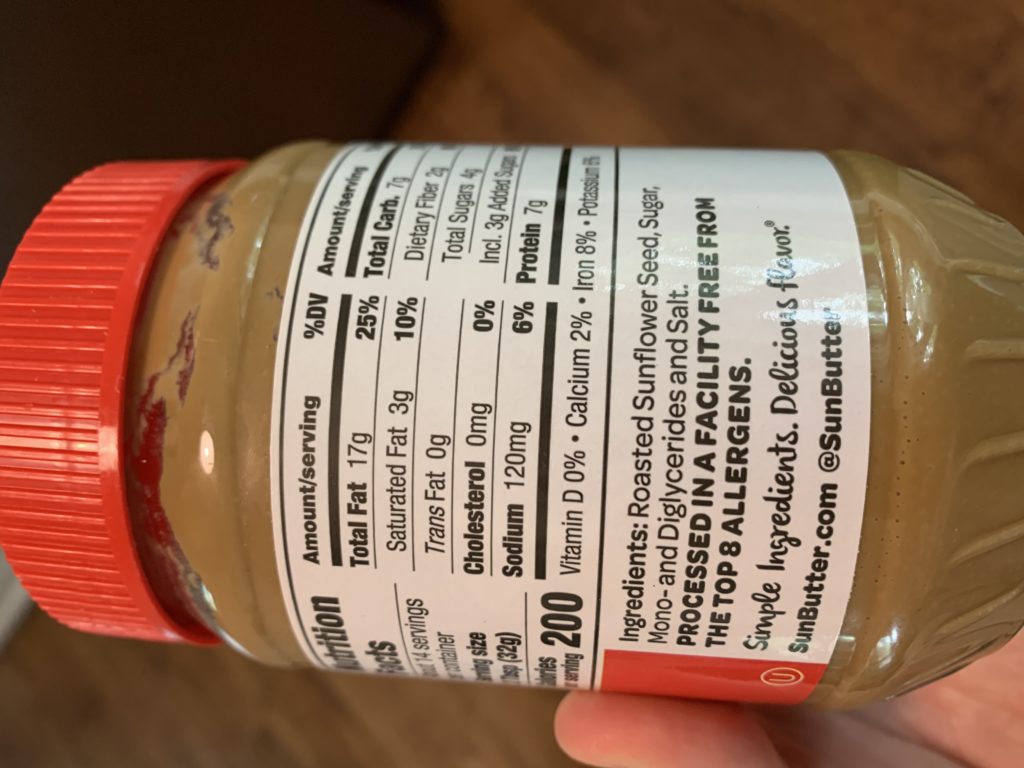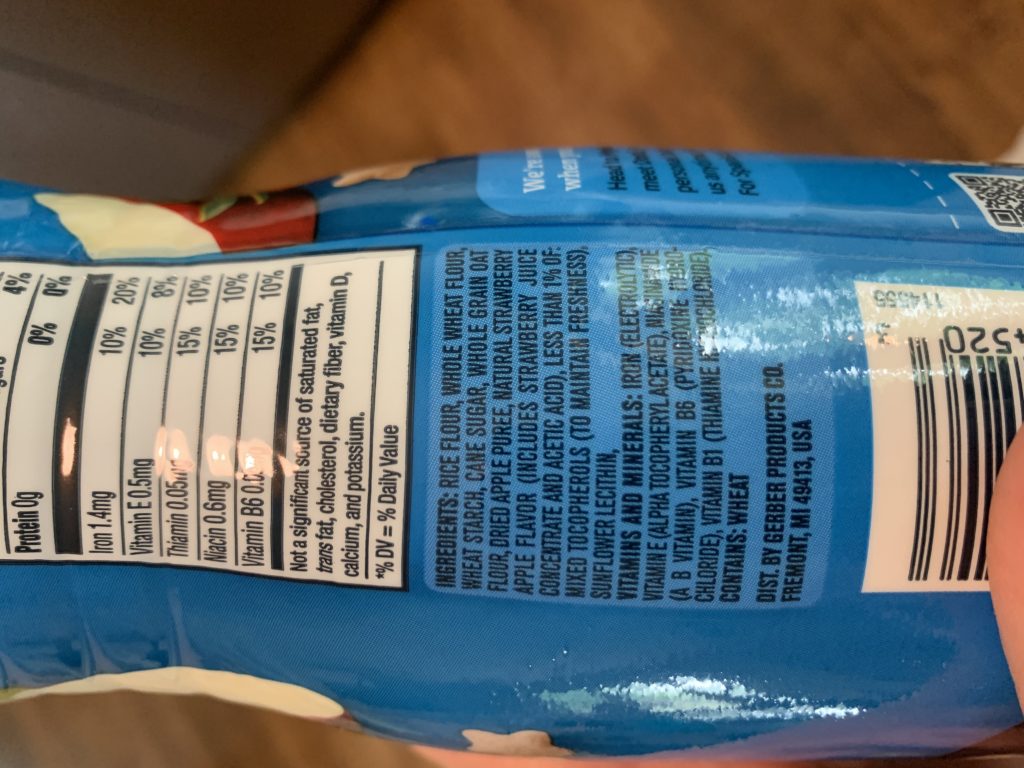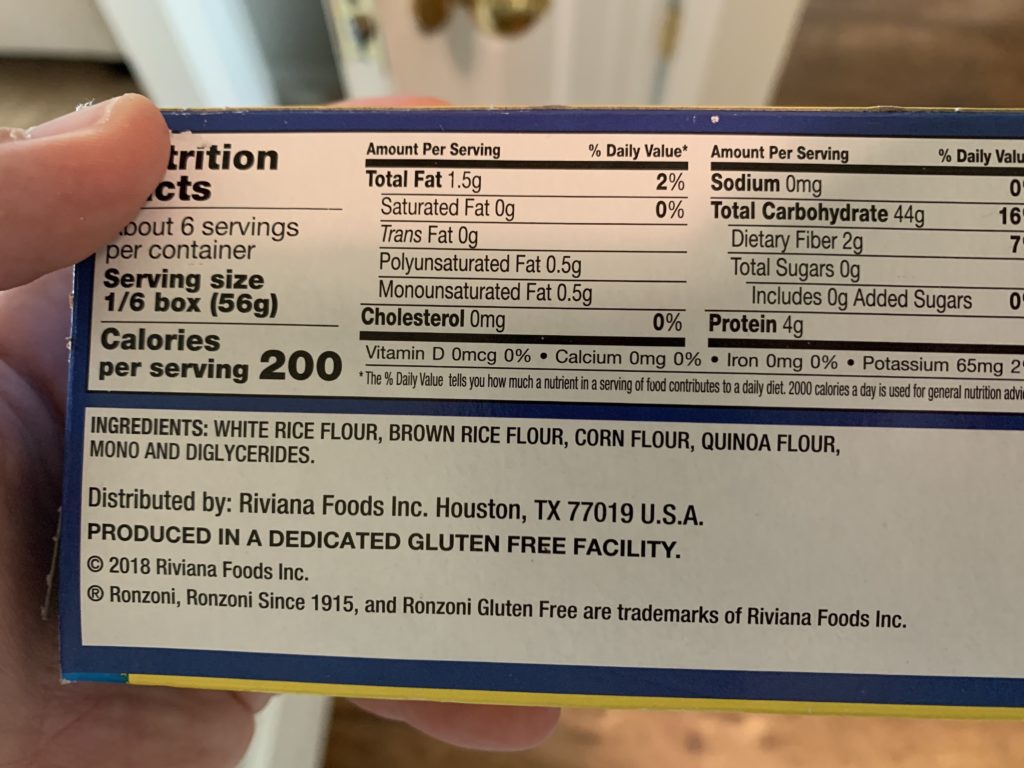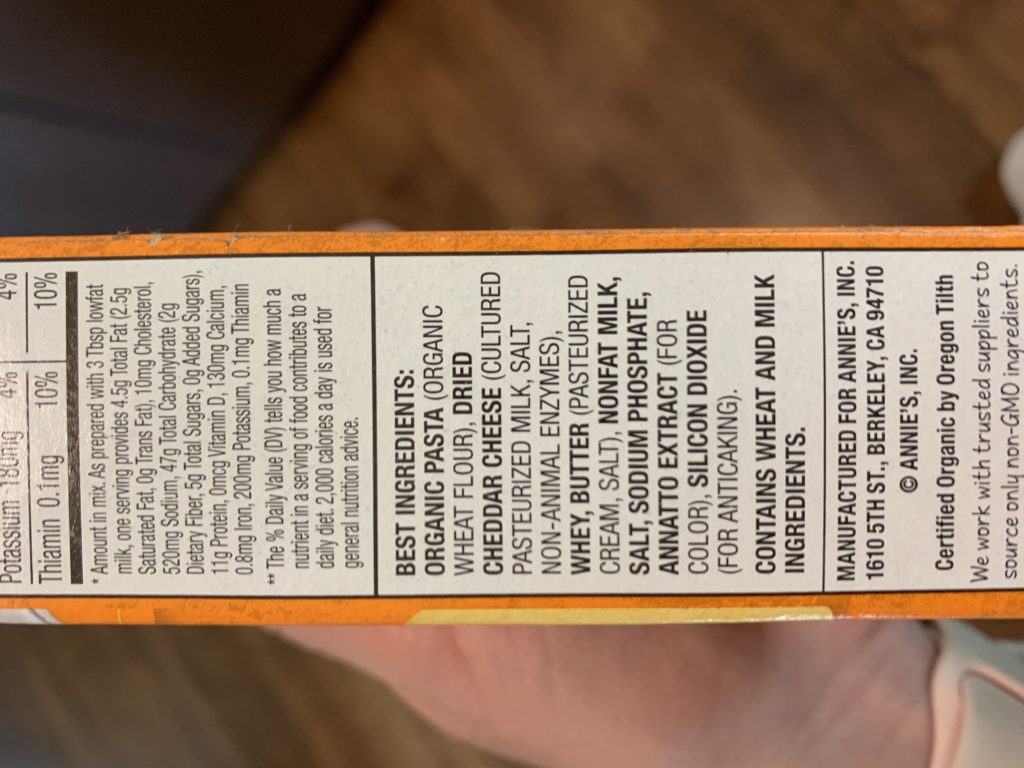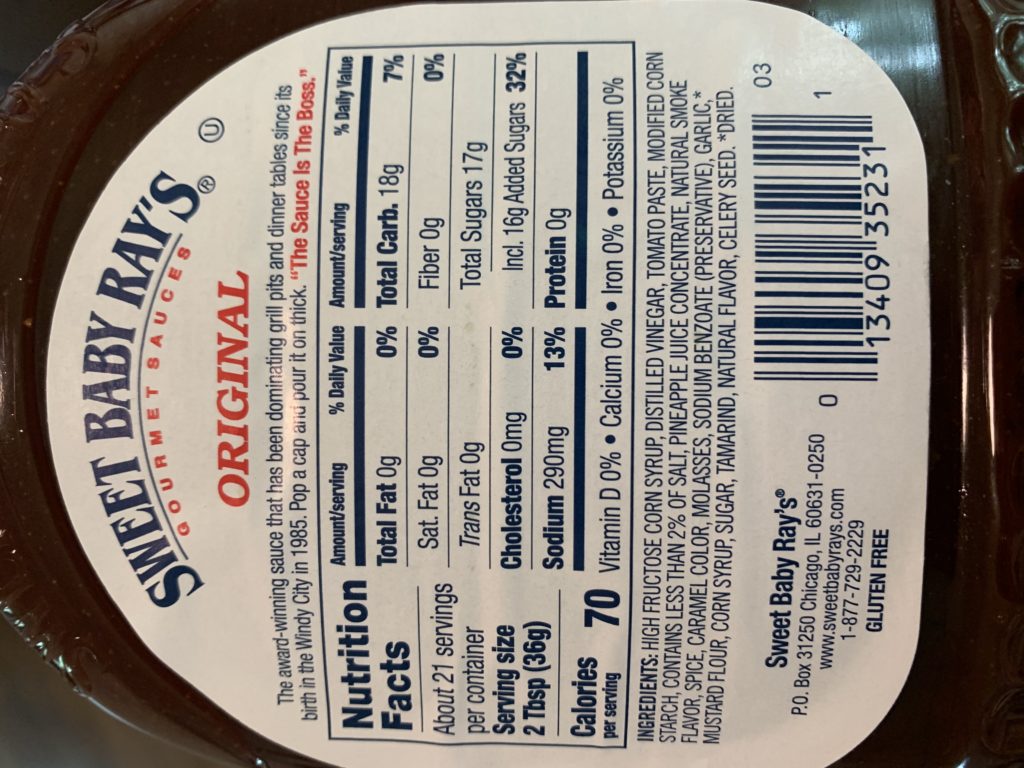Food Allergies
go.ncsu.edu/readext?733114
en Español / em Português
El inglés es el idioma de control de esta página. En la medida en que haya algún conflicto entre la traducción al inglés y la traducción, el inglés prevalece.
Al hacer clic en el enlace de traducción se activa un servicio de traducción gratuito para convertir la página al español. Al igual que con cualquier traducción por Internet, la conversión no es sensible al contexto y puede que no traduzca el texto en su significado original. NC State Extension no garantiza la exactitud del texto traducido. Por favor, tenga en cuenta que algunas aplicaciones y/o servicios pueden no funcionar como se espera cuando se traducen.
Português
Inglês é o idioma de controle desta página. Na medida que haja algum conflito entre o texto original em Inglês e a tradução, o Inglês prevalece.
Ao clicar no link de tradução, um serviço gratuito de tradução será ativado para converter a página para o Português. Como em qualquer tradução pela internet, a conversão não é sensivel ao contexto e pode não ocorrer a tradução para o significado orginal. O serviço de Extensão da Carolina do Norte (NC State Extension) não garante a exatidão do texto traduzido. Por favor, observe que algumas funções ou serviços podem não funcionar como esperado após a tradução.
English
English is the controlling language of this page. To the extent there is any conflict between the English text and the translation, English controls.
Clicking on the translation link activates a free translation service to convert the page to Spanish. As with any Internet translation, the conversion is not context-sensitive and may not translate the text to its original meaning. NC State Extension does not guarantee the accuracy of the translated text. Please note that some applications and/or services may not function as expected when translated.
Collapse ▲Within the last few months, my life has been hit with food allergies. It’s not something you really bother yourself with until it’s in your face. There is no cure for a food allergy other than avoidance. In the United States, we have the big eight allergens: wheat, peanuts, tree nuts (almonds, walnuts, pecans), eggs, milk, crustacean shellfish (crab, lobster, shrimp), fish (bass, flounder, cod), and soybeans. To help Americans avoid the health risks posed by food allergens, FDA enforces the Food Allergen Labeling and Consumer Protection Act of 2004 (the Act). The Act requires that the food label clearly state if there are any of the food allergens in the food.
Helpful hints:
lecithin (soy), flour (wheat), and whey (milk)
I gathered random food products that I have around my house to give you some examples of how allergens are listed.
The above food label clearly states that it was processed in a facility that is free from all allergens.
This food label contains wheat. Wheat is the second ingredient listed, and is listed at the bottom where the “contains” information must go. Wheat products are not gluten free.
This label states that the product is gluten free, and it is. Although it can be confusing. Flour contains wheat, which would make this product have gluten in it. Rice, quinoa, and cornflour are all naturally gluten free products, which means this product is in fact gluten.
This label is very clear in what allergens are in the food. It has bolded the ingredients that would affect someone with allergies and also lists them in the “contains” line.
The last label states that it is gluten free, which sometimes makes us think that the food is “healthier” for us. The first ingredient listed is high fructose corn syrup, which is sugar. Make sure to read the food label to catch added ingredients that take away from being healthy.
As always, if you have any questions on any of the allergens or reading food labels, please reach out to Patti Snyder at patti_snyder@ncsu.edu or (336) 593-8179.





